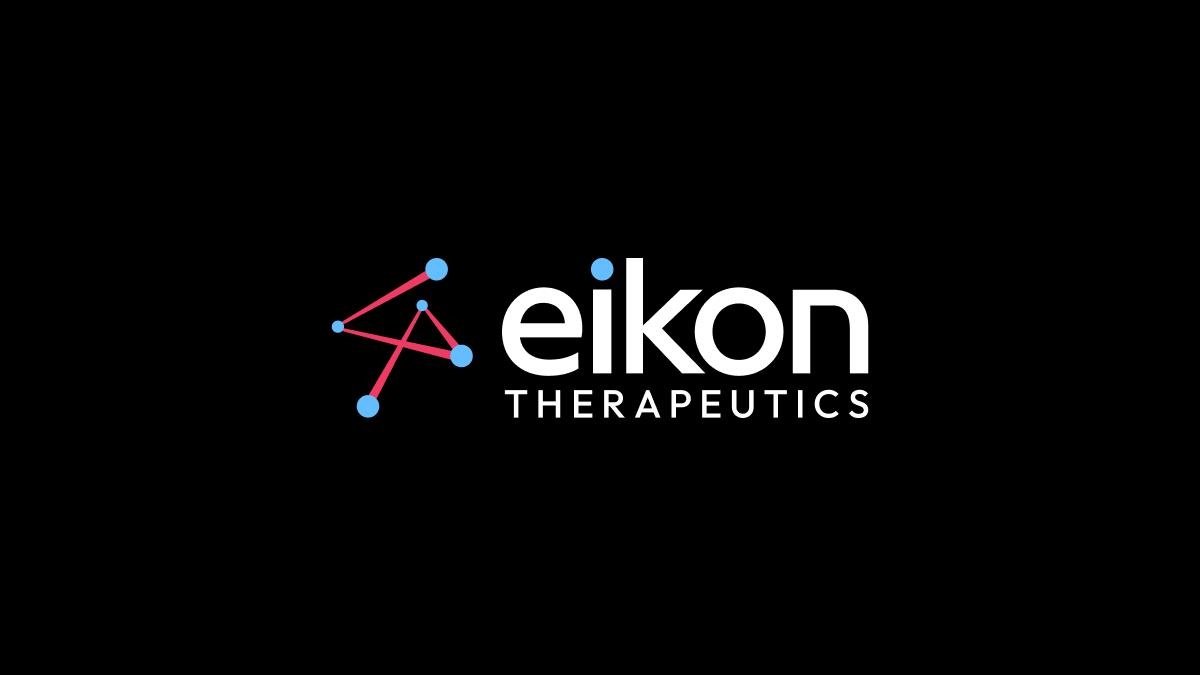BioMarin's change in direction claims more jobs

The sweeping changes introduced by new BioMarin chief executive Alexander Hardy continue apace, with a second round of layoffs that will cut another 225 positions from its total headcount.
The new announcement, revealed in a Securities & Exchange Commission (SEC) filing, says that BioMarin has “committed to a plan to reduce its global workforce” as part of its ongoing “organisational redesign.”
Announced earlier this year – along with 170 job losses – that restructuring entails scaling down operations supporting its haemophilia A gene therapy Roctavian (valoctocogene roxaparvovec) to three key markets, narrowing its R&D focus to neurology programmes and bolstering its pipeline with licensing deals.
The filing notes that the layoffs are also connected with a decision to discontinue the development of preclinical-stage gene therapy BMN 293 for myosin-binding protein C3 (MYBPC3) hypertrophic cardiomyopathy, a rare disease that causes the muscles in the heart to thicken. That decision was taken after a review of its commercial prospects and the time and resources it would take to bring it to market.
BioMarin said it expects to have pre-tax charges of around $30 million as a result of the latest round of job cuts, adding that all the affected employees were notified by 28th August and the layoffs will be “substantially completed” by the end of the year.
The news comes just days after BioMarin also announced a major change to its senior leadership team aimed at boosting its pipeline, with former Roche/Genentech executive Greg Friberg named as chief R&D officer, while James Sabry was named chief business officer shortly after announcing his retirement from Roche, where he was head dealmaker.
More details of BioMarin’s future plans are due to be given at its 2024 investor day on 4th September.
Just a few months ago, the company said it was considering divesting Roctavian after just four patients since launch had received the therapy – which has a price tag of $2.9 million in the US – by the end of April.
Things picked up in the second quarter of this year, however, with three patients treated in the US and two in Italy, generating $7 million in revenue, and the company has decided to keep selling the drug in the three markets where it has a reimbursement framework – the US, Germany, and Italy. It has said that will reduce its spending on the gene therapy to around $60 million, starting in 2025.
The reduction comes at a time when job losses have become increasingly common across the biopharma industry due to unfavourable economic conditions and the desire to save capital.
Photo by Igor Omilaev on Unsplash












